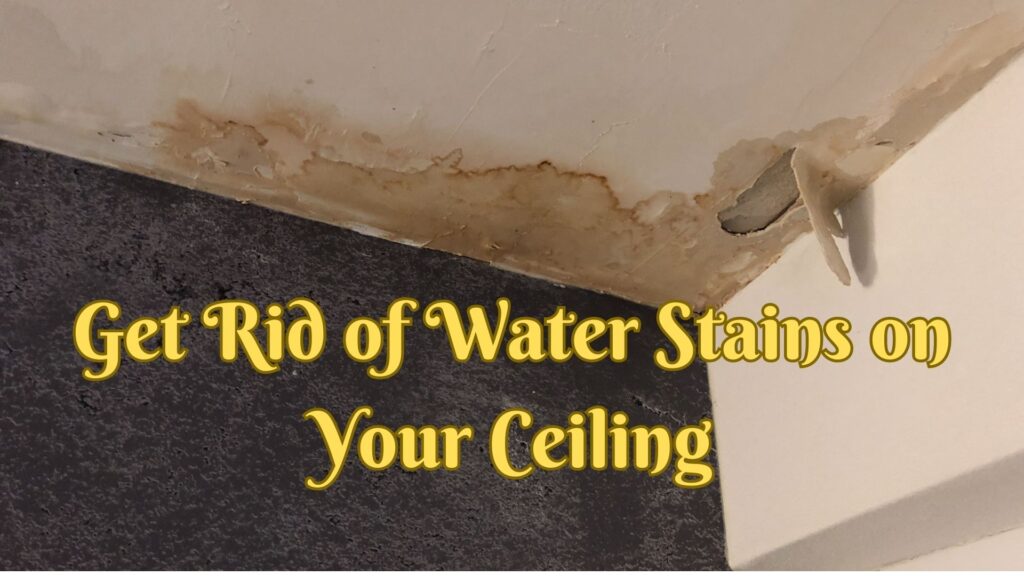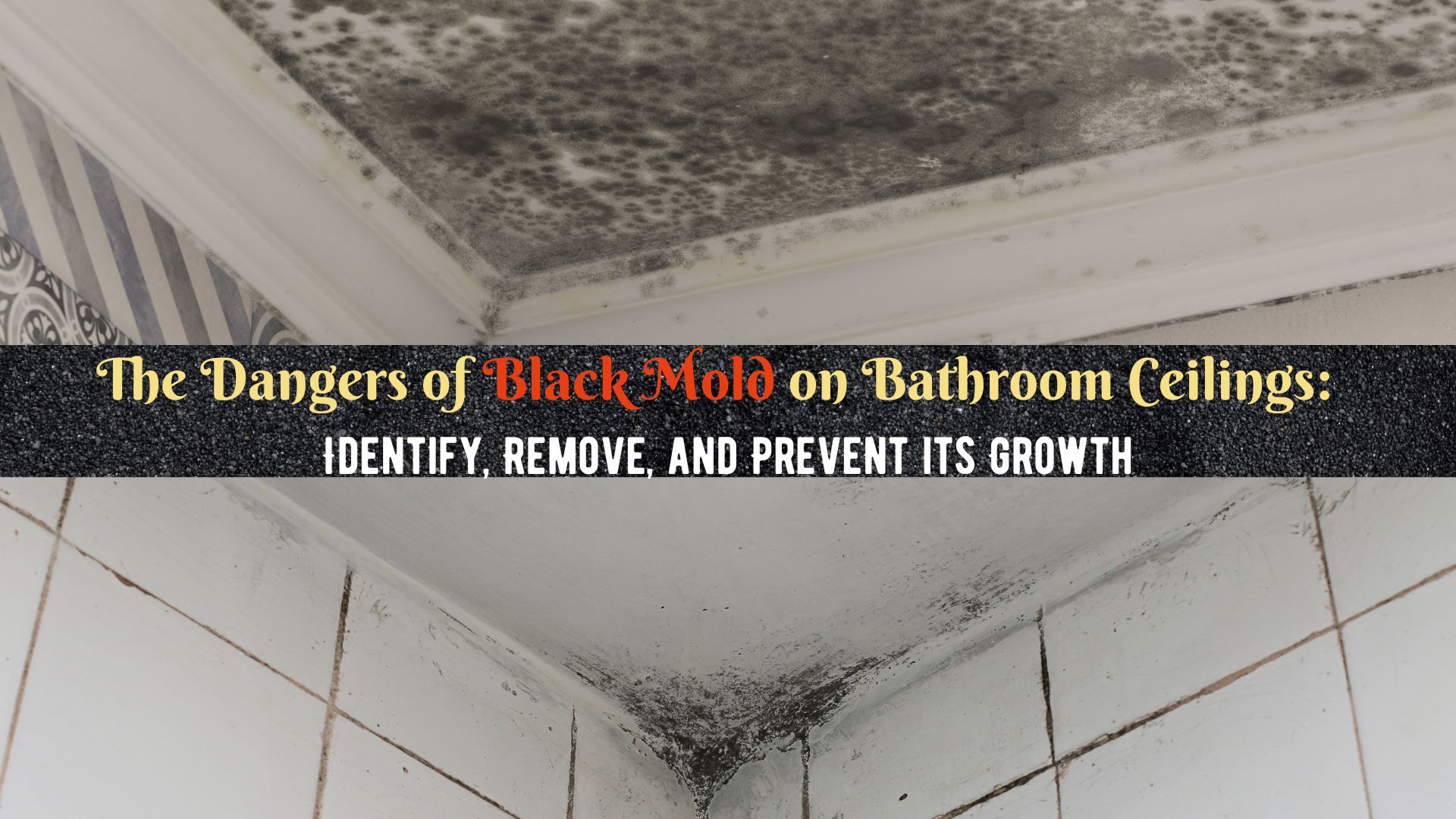
Most homeowners think that water stains on ceilings are a minor problem and might eventually disappear. In addition, home repairs and maintaining it are not on their top priority list due to business and expenses. However, looking at your ceiling with water stains would make you feel irritated and could give a bad impression to your visitors.
Not only that, water stains on your ceilings are a symptom that you are dealing with a problem that requires quick action. Learn here what water stains could mean and how to handle them.
Don’t Ignore Water Stains on Ceiling
Ignoring water stains on ceiling would eventually lead to bigger problems. Leaving the stain for a longer time will cause wider damage because it will just continue to spread. And if not addressed immediately, it can even become permanent.
So here are some reasons why you must never ignore water stains on your ceiling, even the slightest water stain:
- Plumbing Issues
Plumbing issues such as leaks, burst pipes, and caulking or grout problems can cause water stains on your ceiling. These problems need immediate attention and may ask a professional to check your plumbing system.
- Roofing Issues
If you see water stains on your ceiling, one possibility is that you have a small leak in your roof which allows water to enter your home. Another cause of water stains on ceiling is full or clogged gutters which will cause water to pool on the roof.
- Condensation Issues
One of the likely reasons for water stains on ceiling is due to excessive moisture flowing down from your attic. Moreover, when the attic has inadequate ventilation, water stains can easily happen and mold issues will start to develop, too.
Ceiling Water Damage
Ceiling water damage is something that needs to be identified right away and taken care of. Knowing and watching out for the following signs is a really big help in recognizing water damage in your ceiling:
- stains on the ceiling or any discolored spots (eg. yellow, brown, copper, etc)
- cracking, bubbling, or peeling wall surfaces
- sagging ceiling, or bulging drywall
- The musty smell which is indicative of mold/mildew
Any of these would indicate a moisture problem and addressing the issues immediately will prevent further damage.
Managing The Water Stains
First Step
The first step in removing water stains on your ceiling is to find the source of the leak. This could be due to leaking pipes, roof damage, or any other water-related issue. It’s important to address this issue as soon as possible to prevent further water damage.
If you’re unsure about the source of the leak, it’s best to call a professional. A plumber or a roofing contractor can inspect your home to determine the root cause of the problem.
Addressing the water stains without fixing the cause will just make the problem appear again and cause more damage in the long run.
Here are some tips to consider once you find water stains on your ceiling:
- Find out where the water is coming from.
- Once you have identified the source, stop the water from flowing.
- If the water is coming from an appliance, don’t use it especially if the power is on. Be extra careful.
- Turn off the water source for leaky pipes.
- Repair the leak. If you can’t handle this on your own, you can call in a professional.
- Address the water stains. Use a bleach and water mixture to blot and wipe the stain away.
- Dry everything out.
- Directly paint over the area after drying.
- Get rid of the damaged part of the ceiling or ceiling tiles, drywall, and change with new, clean sections.
- For the wood ceiling, sand off the damaged layer and seal the area.
- To repair and replace the ceiling or any wall that had to be rid of, bring in a qualified company. Make sure you keep appropriate records because your insurance provider may cover some of these expenses.
Cleaning the Water Stains
Once you’ve fixed the source of the leak, it’s time to remove the water stains on your ceiling. Here are the steps to follow:
- Prepare the area: Cover the floor beneath the stained area with a drop cloth to prevent any drips from falling onto the floor.
- Mix a bleach solution: Mix one part bleach with three parts warm water in a spray bottle.
- Spray the solution onto the stain: Spray the bleach solution onto the water stain and let it sit for 10-15 minutes.
- Rinse with clean water: After 10-15 minutes, rinse the area with clean water and let it dry.
- Apply ceiling paint: If you have a textured ceiling, you may need to apply a coat of ceiling paint to match the surrounding area.
Tips for Removing Water Stains on Ceiling
- If you have a large water stain, you may need to repeat the bleach solution application process a few times to completely remove the stain.
- Make sure to wear gloves and protective eyewear when working with bleach.
- If you’re concerned about the strength of the bleach solution, you can use a cup of bleach instead of one part bleach in the solution.
- If you notice water stains on your ceiling, it’s important to act quickly. Leaving the stains untreated for 24 hours or more can lead to mold growth and further water damage.
Preventing Water Damage on Ceiling
Prevention is crucial when it comes to water damage. Here are some steps you can take to prevent water stains on your ceiling:
- Schedule regular roof inspections to check for any damage or leaks.
- Fix any leaks or water-related issues as soon as possible.
- If you live in an area with high humidity, consider using a dehumidifier to reduce moisture in the air.
By following these steps, you can effectively remove water stains on your ceiling and prevent further water damage.
Water Damage Restoration Company
Water damage or water stains on ceiling isn’t something that should be neglected. To prevent further damage, please don’t hesitate to call Superior Restoration. We have skilled technicians who are available 24/7 and would gladly help you with your concerns. Contact our local office today, Water Damage Corona.




